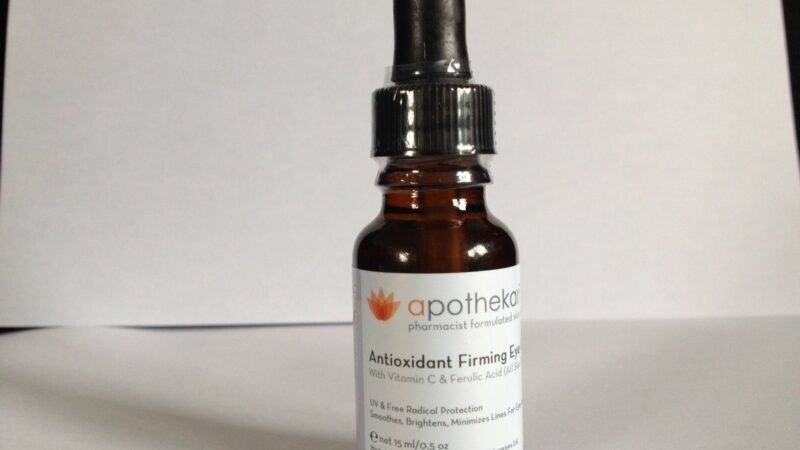When we know and recognize the role that skin care ingredients play in topical treatments, we can make the informed decisions on what will work best for our current skin care needs. For many of us, that starts with learning how to read and navigate through the often long and confusing list of ingredients found on product labels.
Here are our top 5 tips to speed you on your way to skin care enlightenment:
1. There’s a Method to the Madness: Ingredients are listed in descending order, from the largest to least amount of any given ingredient. That’s why you’ll often find water (or aqua, if you’re getting fancy) first on the list of many products.
2. Bigger isn’t Always Better: While it’s true that an ingredient appearing at the end of the list may be present in the smallest amount, that doesn’t necessarily mean that it’s ineffective. Some active ingredients, like antioxidants, are effective at even the smallest of concentrations because they fight free radicals at any amount. One of our favorites is vitamin C (L-ascorbic acid) as found in Apothekari’s Bespoke Vitamin C serum. We’ve long been proponents of this skin care workhorse. At higher concentrations, vitamin C not only helps counteract the damage caused by free radicals but can also promote collagen production and brighten overall skin tone.
3. Active and Inactive Ingredients are Partners in Crime: We typically may not pay as much attention to the INACTIVE ingredients as the ACTIVE ones listed but both are important in making skin care products effective. Active ingredients are those that are considered to perform a specific function on the skin. They’re backed by research and clinical studies and often must adhere to specific government-mandated regulations. They may include sun filters, skin lightening agents, topical exfoliants, antioxidants and retinoids, to name a few. In order to be effective, active ingredients must be present in adequate concentrations and, secondly, be able to penetrate through the skin’s barrier system.
Inactive ingredients, on the other hand, do not perform a specific action on skin. However, this shouldn’t mean that they are insignificant as they are just as necessary as active ingredients to the overall performance of a skin care product. They may include stabilizers, preservatives and carriers to deliver the active ingredients to where they will be most effective and beneficial to the skin. As well, inactive ingredients help to make formulations feel nice on the skin.
4. Don’t Let Long Words Scare You: We often end up applying ingredients to our skin that are not only unfamiliar but, on top of that, unpronounceable. As scary as some things sound, they may turn out to be incredibly beneficial and sometimes even natural. In North America, Europe and Asia, the list of ingredients are required by law to be clearly labelled using the International Nomenclature of Cosmetic Ingredients (INCI) system, a standardized practice that allows consumers to recognize ingredients in most countries worldwide.
Some of our favorite “scary” sounding ingredients are also amongst our most coveted for the good they do the skin, like Bis-ethylhexyloxyphenol Methoxyphenyl Triazine (aka Tinosorb S, a safe and stable sun filter that many of our customers ask for by name); malic acid (aka an alpha hydroxy acid derived from apples); and the “dreaded” Vaccinium Macrocarpon (aka cranberry extract, as found in Apothekari’s A is for Anti-Aging Retinal serum).
5. Dates Matter: Although the expiration date may not officially be part of the list of ingredients, it’s a good idea to always check the Best Before information indicated as well as the shelf life. Expiration dates are based on tests that a manufacturer has conducted to demonstrate how long the product retains its efficacy and safety. It does not mean that the product is unsafe, ineffective or bad beyond this date; just that there is no proof available to support this. Most products will also indicate shelf life, often by a tiny symbol of an open jar with the number of months the product is safe to use after opening. For example, 6M indicates a shelf life of 6 months after opening, 12M indicates a product should be good for 12 months.
However, regardless of the date, if the product’s smell or texture has changed, it is safer to dispose of it.




